Language
You can read the magazine in one of the following languages
Geolocation
You can read the global content or the content from your region
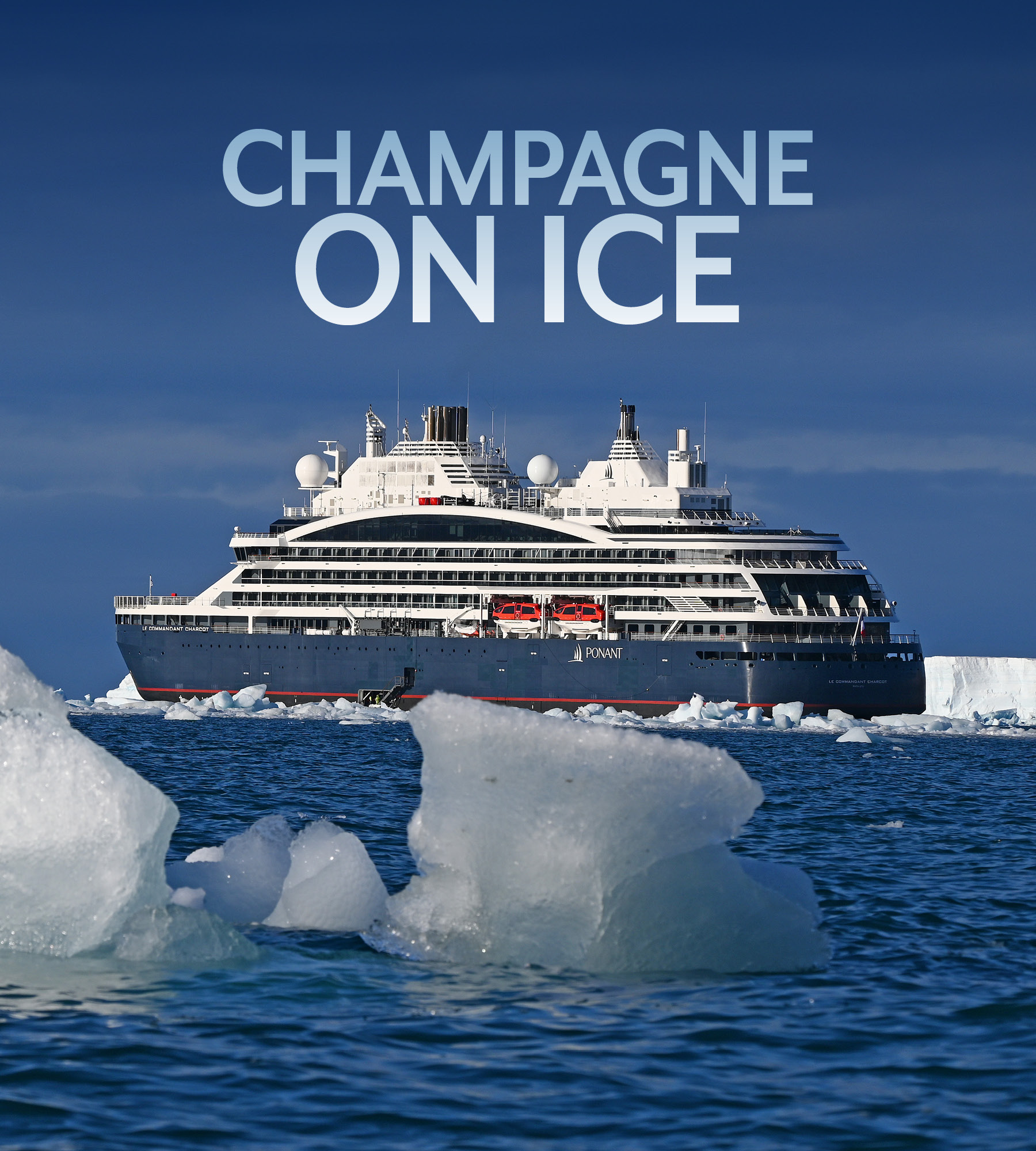

The South Orkney Islands might rest 600 kilometers north-east of the easternmost tip of the Antarctic Peninsula, but they’re still within the Antarctic Convergence.
On this day, the islands looked more forbidding than anything we’d seen further south along the peninsula under bluer skies. Fog-bound, 85 percent glaciated and notoriously windswept, this lonely archipelago is rarely visited. Landings are rarer still.
We drew closer to Coronation Island, the largest island in the group, under heavy skies that emptied all we could see of light and color.
Looking like an Arthur Conan Doyle-inspired Lost World, it was hypnotic, a charcoal sketch of rich blacks and faded greys, a two-dimensional canvas you’d see on some art gallery wall. But along the bottom of the frame, movement. Dark figures scurried about – first dozens, then, the more you looked, hundreds. The fur seal colony of Shingle Cove, our landing site.
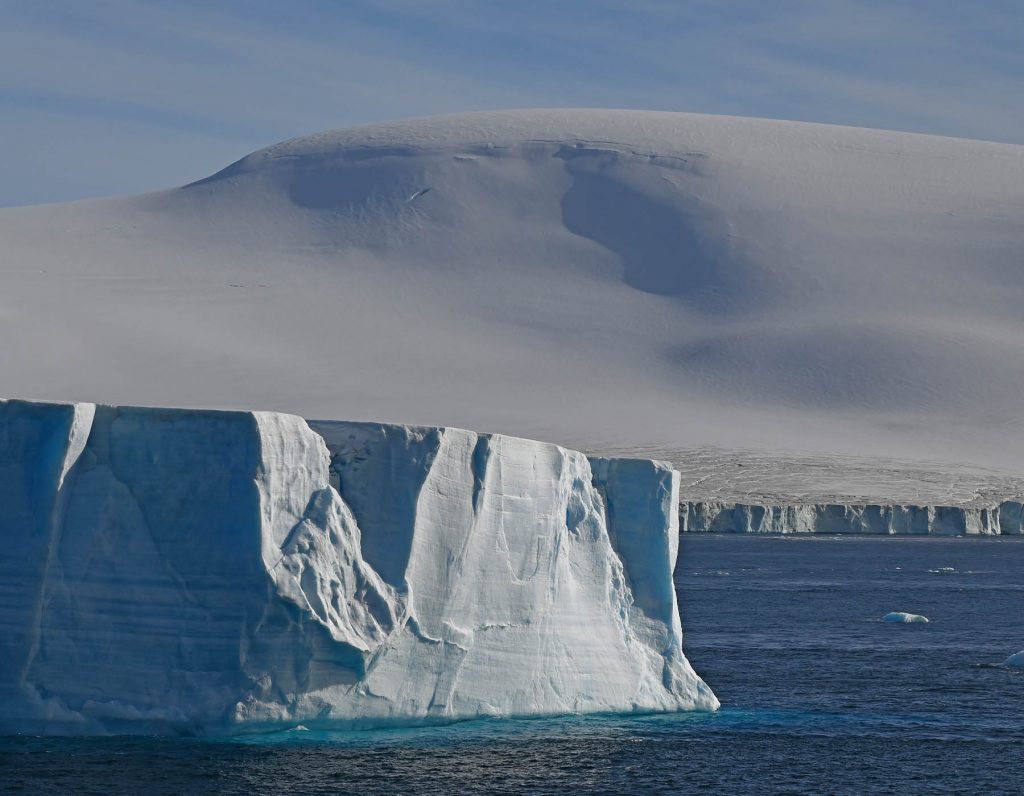
Looking like an Arthur Conan Doyle-inspired Lost World, it was hypnotic.
Our itinerary wasn’t the usual 10-day sprint across the Drake Passage from Ushuaia to the peninsula and back again. We’d been in the less-traveled Weddell Sea off the peninsula’s southerly east coast sailing in the footsteps of legendary polar explorer Ernest Shackleton.
Shackleton and five others passed by the South Orkneys in 1916 in open boat James Caird on their way east to South Georgia to get help for the crew they’d left behind on Elephant Island after their ship, Endurance, was crushed by ice in the Weddell Sea.
“What the ice gets, the ice keeps,” he would later write.
We’d be in South Georgia in two days, hopefully to go ashore where they did, at Peggotty Bluff in King Haarkon Bay, another stubbornly windswept place that had foiled our captain’s past 12 attempts at a landing.
Our home, our sanctuary, was Ponant’s new polar cruise ship Le Commandant Charcot, the world’s only luxury PC2-class icebreaker.
Launched in 2021 and powered by a combined diesel, liquid natural gas and electric engine, it boasts a whopping 10-meter beam that can smash its way through thick multi-year ice.
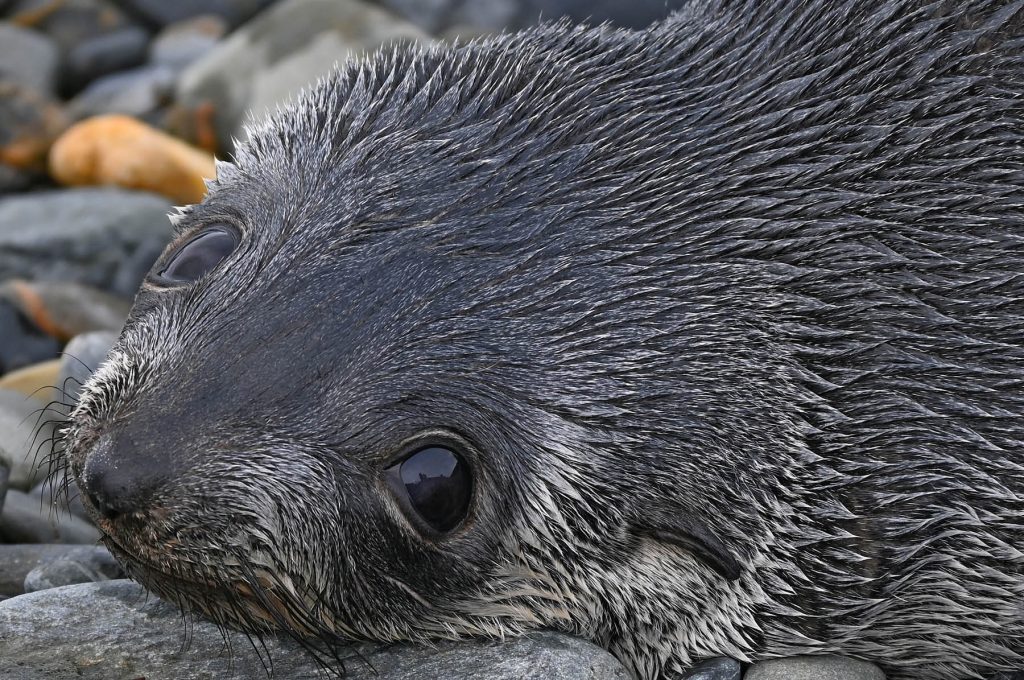
Charcot has already been to the Geographic North Pole, and to 78 degrees 44 minutes south in the Ross Sea – the closest you can get to the South Pole and still be on water, a traverse that means this groundbreaking vessel has already sailed more degrees of latitude than any ship in history.
Icebreakers with lesser ice ratings look for favorable conditions to help them get to their Plan A destinations, hoping benign winds and favorable currents thin out meddlesome sea ice.
Charcot, however, with its 10-meter beam going forward and reversible propellers that allow it to back up through ice using its blades to pulverize it like some giant blender, makes its own luck.
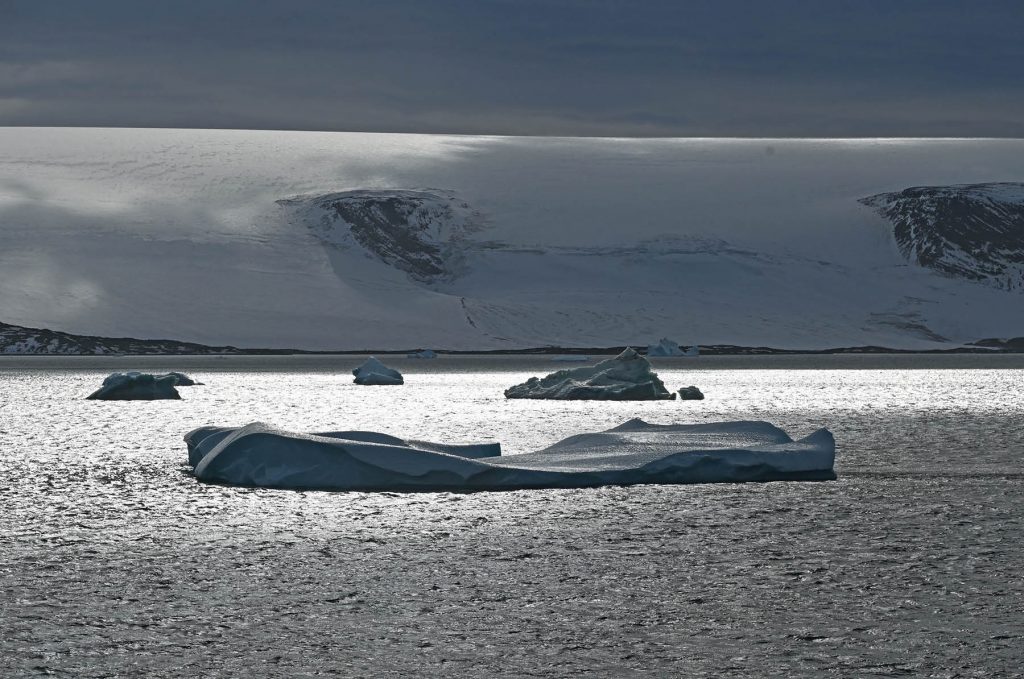
This groundbreaking vessel has already sailed more degrees of latitude than any ship in history.
Back on Shingle Cove we waded ashore past fur and elephant seals and under persistent snow flurries that only added to the end-of-world wonder of it all. Bold headlands and sharp rocky ridges fell into an indented, precipitous coastline. Heavily crevassed glaciers revealed themselves through the mist.
Seals were everywhere, elephant seals lumbering about as young groups of fur seal pups frolicked at our feet, some emitting tiny snarls in adorable attempts at intimidation.
During the past week, the clear skies we had over the Weddell Sea saw us make a string of landings.
The hut on Snow Hill Island where the famous 1902 Swedish expedition of Otto Nordenskjold had wintered. A chinstrap penguin colony on James Ross Island that reached as high as 80 meters above the beach, a long way for indomitable little legs to climb. Brown Bluff. Vega Island. Bald Head.

Places I never knew existed, and now are all I can think about.
We even found the tabular iceberg D28 which broke off the Amery Ice Shelf in 2019 and received a lot of climate change-inspired press. To be truthful, it wasn’t hard to find. It’s the size of Greater London.
Ensconced in our sanctuary in between landings, life was good. Meals including caviar, truffles and guinea fowl were designed in collaboration with the famed Michelin-starred French chef Alain Ducasse.
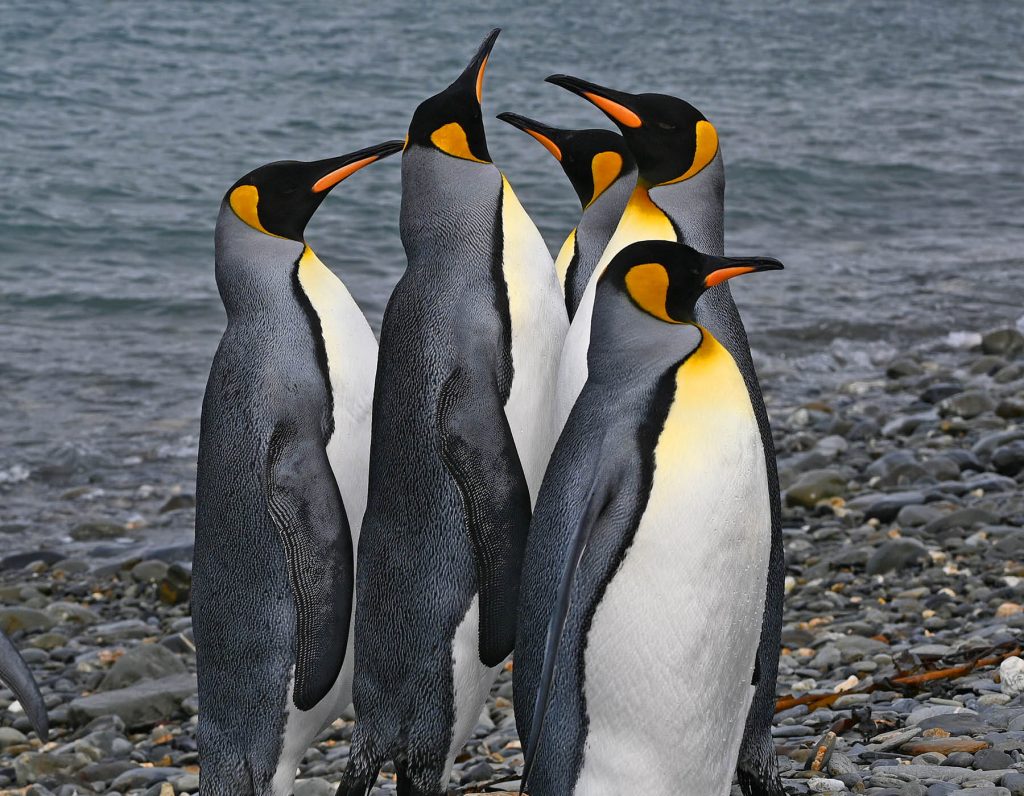
It’s a lot of bling, but Ponant’s expedition team make sure you get your feet dirty too.
The cigar room has Davidoff Winston Churchill cigars and a selection of Japanese whisky and French liqueur. Veuve Clicquot Champagne, made from some of the world’s finest grapes, is the house pour.
Charcot is small by cruise ship standards – just 123 staterooms. There’s a heated indoor and outdoor pool, a detox bar, complimentary cocktails, 24/7 room service and the heated outdoor seats are a lovely touch. There’s even a snow room that generates its own snow so you can hop from it to the sauna and back again if you like being cold all the time.
Sure, it’s a lot of bling, but Ponant’s expedition team make sure you get your feet dirty too.
An impromptu stop was made in Maiviken Bay on South Georgia’s east coast to drop off our restless hiking group which, after two days at sea, was primed to push inland through tussock grass and past mountain lakes to the former whaling station of Grytviken where Charcot, we were assured, would be waiting for us.
The next day we boarded zodiacs in winds gusting to 40 knots with lashings of rain and snow to visit a 10,000-strong King Penguin colony. Ponant, we were reminded, was founded by sailors. They might be fancy, but it hasn’t made them soft.
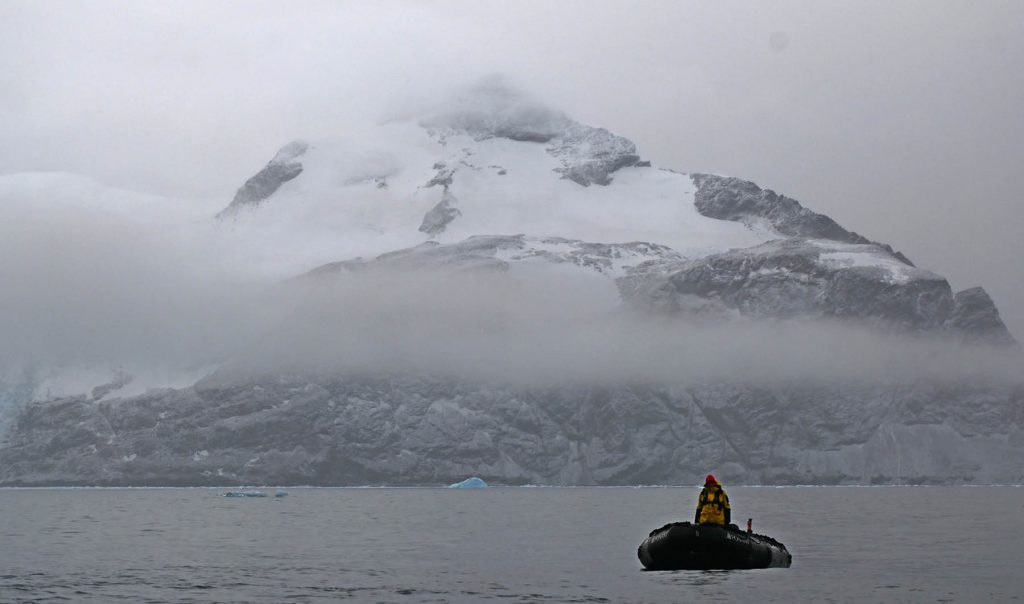
And we made that landing in King Haarkon Bay too, right where Shackleton and his crew in weathered woolen clothes dragged the James Caird ashore after an epic 1,200-kilometer voyage and 17 days at sea.
We saw the broad scree valley and mountains they crossed to get to Stromness and walk into history, and were reminded of that once-famous question that even today you’d do well to ask when confronted with an insurmountable problem: “What would Shackleton do?”
Or come down here yourself, and ask the question: What would you do?
To book your Ponant adventure, go to antarcticatravelcentre.com.au.
The writer traveled as a guest of LATAM Airlines www.latamairlines.com.